11 NBA Players Who Were So Good They Forced Rule Changes
Some players change teams, others change the game. These 15 NBA stars were so dominant, controversial, or creatively disruptive that the league had no choice but to rewrite the rulebook. Here’s a look at the legends who reshaped how basketball is played.
George Mikan – The Mikan Rule
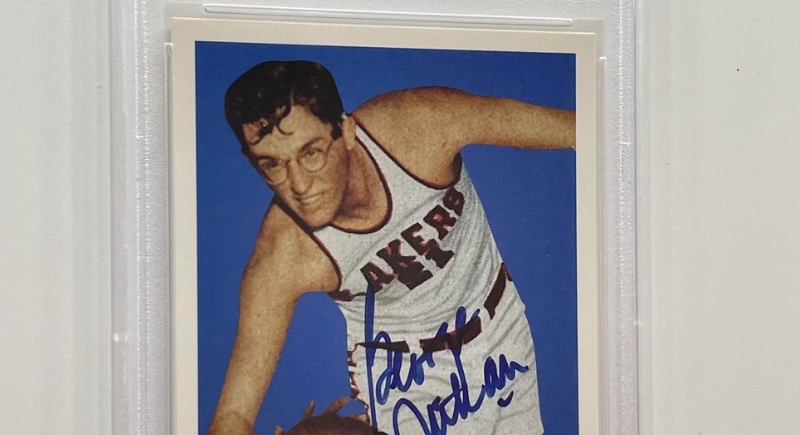
Credit: Reddit
Before the NBA existed, George Mikan was already making defenses look helpless. He stood 6’10” and scored in bunches with basic but effective post moves to such a degree that the league widened the lane from 6 to 12 feet in 1951.
Wilt Chamberlain – No Crossing on Free Throws
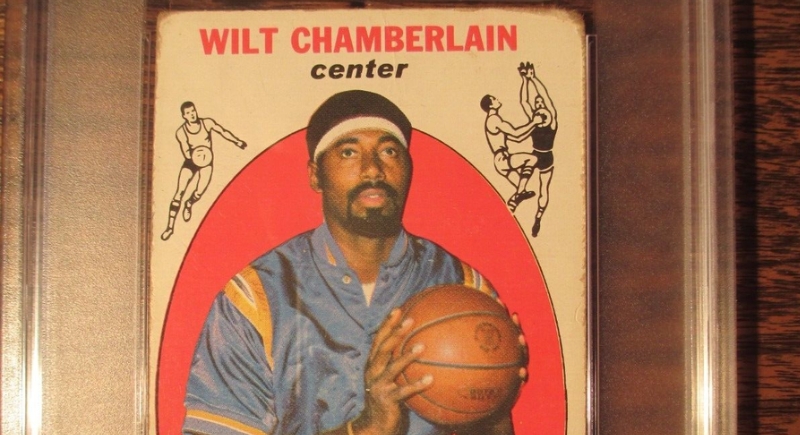
Credit: ebay
Wilt Chamberlain’s free-throw form had a unique twist: he’d leap from the line and tip-dunk his own misses. It was legal—until it wasn’t. The NCAA outlawed this in college and forced players to keep their feet behind the line until the ball hit the rim. The NBA adopted similar rules later.
Michael Jordan – Illegal Offense
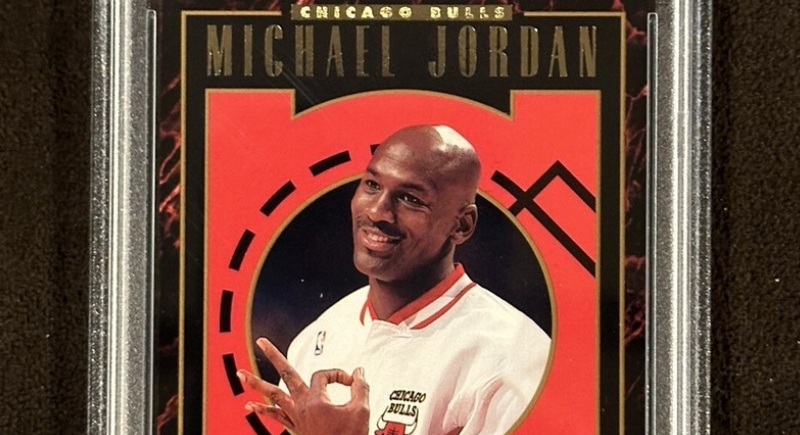
Credit: ebay
Jordan’s isolation-heavy scoring created a defensive nightmare in the late ’80s. Teams began positioning three players outside the play to clear space for him, which triggered a new rule in 1987: the “illegal offense” call. The league wanted to preserve team movement and reduce iso-heavy possessions.
Shaquille O’Neal – Defensive Three Seconds
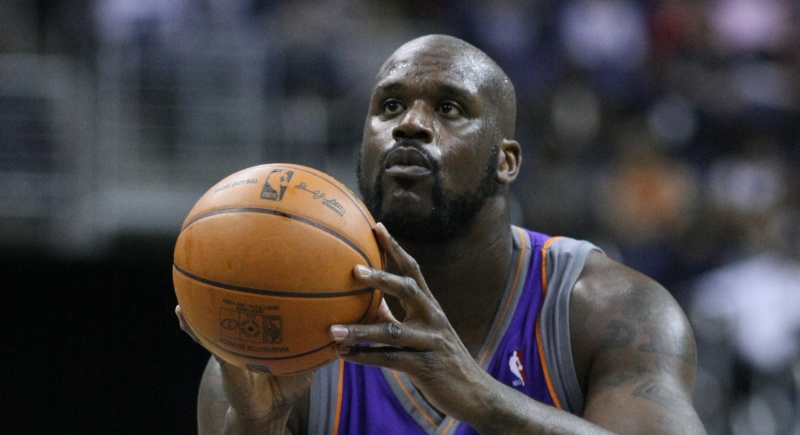
Credit: Wikimedia Commons
Stopping Shaq without fouling was nearly impossible. To keep defenders from clogging the lane all game, the NBA introduced the defensive three-second rule in 2001. Defenders now had to actively guard someone or leave the paint within three seconds. Shaq still dunked on everyone, but defenders at least had a fighting chance… sort of.
Reggie Miller – No More Leg Kickouts
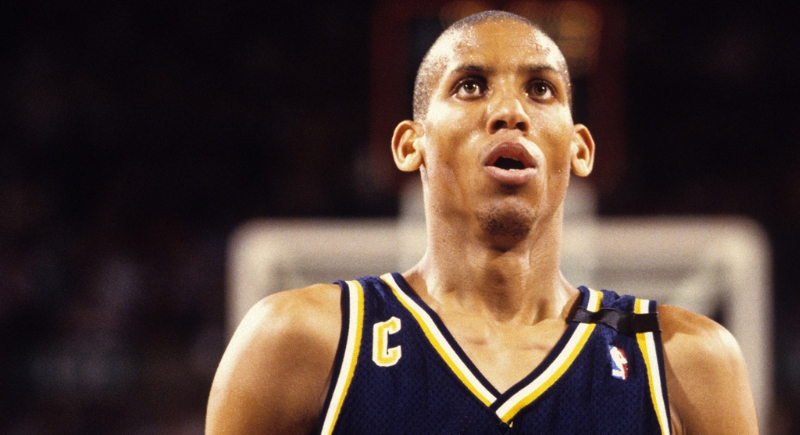
Credit: IMDb
Reggie Miller’s jump shot came with a bonus move: an exaggerated leg kick to draw contact. It worked too well as he baited defenders into fouls like clockwork. Years after his retirement, the NBA had had enough. In 2012, they ruled that kicking out a leg at a defender was an offensive foul.
Charles Barkley – Five-Second Backdown Rule
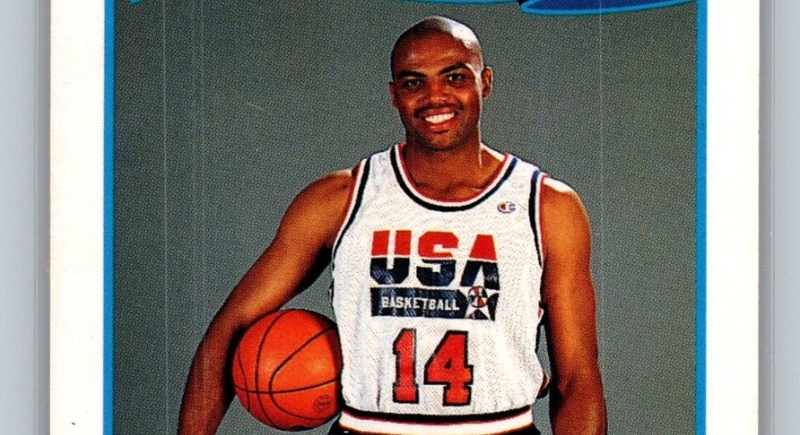
Credit: ebay
Barkley’s strength lets him back down defenders all day until they are worn out and viewers are bored. To keep the game moving, the NBA introduced the five-second backdown rule in 1999: once you start backing down, you’ve got five seconds, or the ball is turned over.
Darryl Dawkins – Breakaway Rims
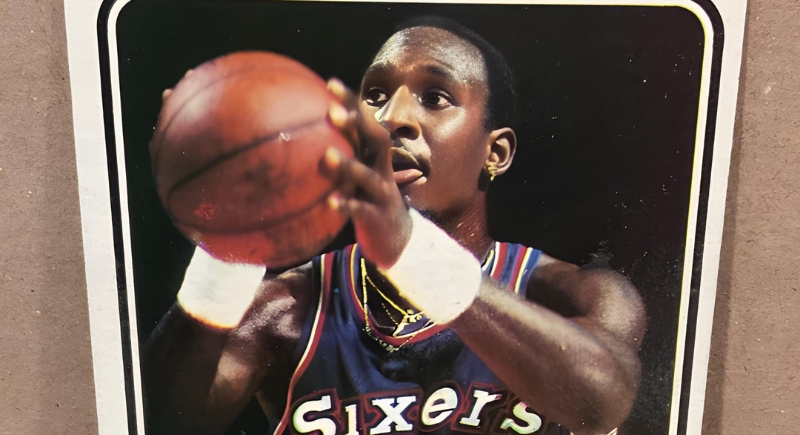
Credit: ebay
After Dawkins shattered two backboards in 1979, the NBA strengthened backboards and introduced breakaway rims to absorb impact. His thunderous slams forced defenders and engineers to rethink their strategy.
Zaza Pachulia – Closeout Fouls
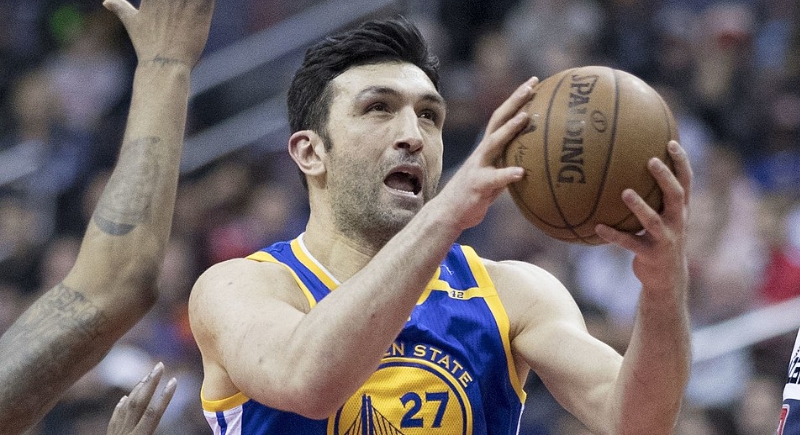
Credit: Wikimedia Commons
In the 2017 Western Conference Finals, Pachulia stepped under Kawhi Leonard mid-jumper and triggered an injury that knocked Leonard out of the series. The play wasn’t illegal until that moment. The NBA cracked down with stricter “reckless closeout” penalties to protect shooters from defenders who slide in underfoot.
Kareem Abdul-Jabbar – No Dunking in College
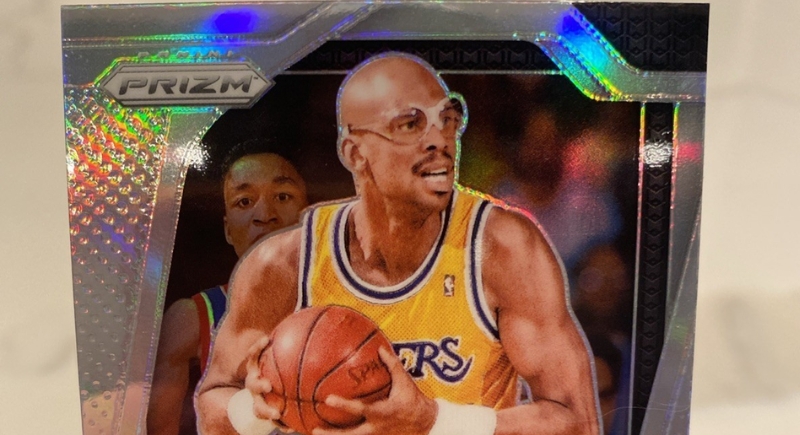
Credit: ebay
At UCLA, Kareem (then Lew Alcindor) was so dominant that the NCAA banned dunking in 1967. The “no-dunk” rule lasted until 1976. Kareem responded by refining his Skyhook, arguably the most unblockable shot in basketball history. Limiting one skill just made him develop another that no one could touch.
Trent Tucker – Trent Tucker Rule
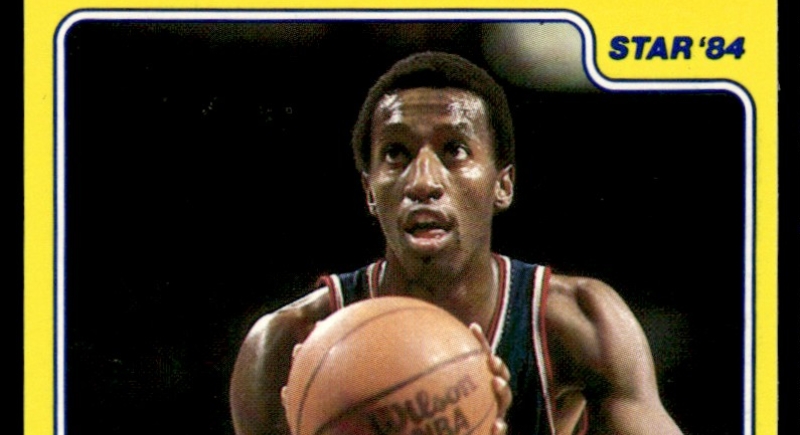
Credit: ebay
In 1990, Knicks guard Trent Tucker caught an inbound pass and launched a three-pointer with just 0.1 seconds left. The Bulls protested and argued it was physically impossible to catch and shoot that quickly. That offseason, the NBA introduced a rule requiring at least 0.3 seconds on the clock for any catch-and-shoot attempt.
James Harden – Step-Back Scrutiny
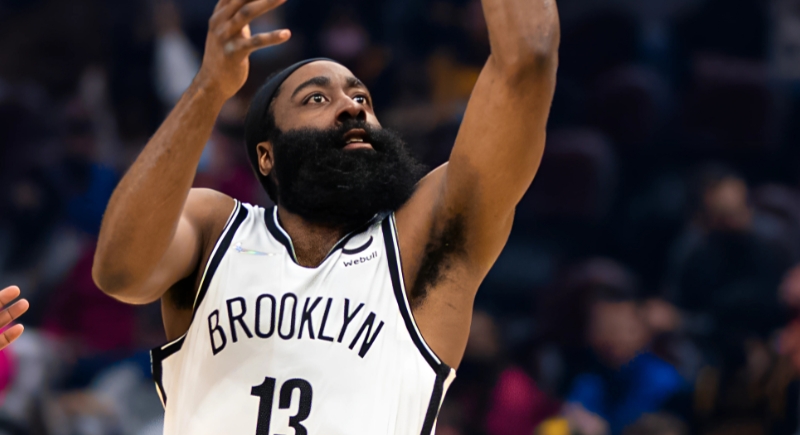
Credit: Wikimedia Commons
Harden’s step-back three blurred the line between slick footwork and foul play. As defenders complained and memes exploded, the NBA clarified the rule to address the rising confusion. Harden’s move stayed legal but forced a re-examination of how steps were counted. Fans still argue about it to this day.
Pat Riley – No Repeat All-Star Coaches
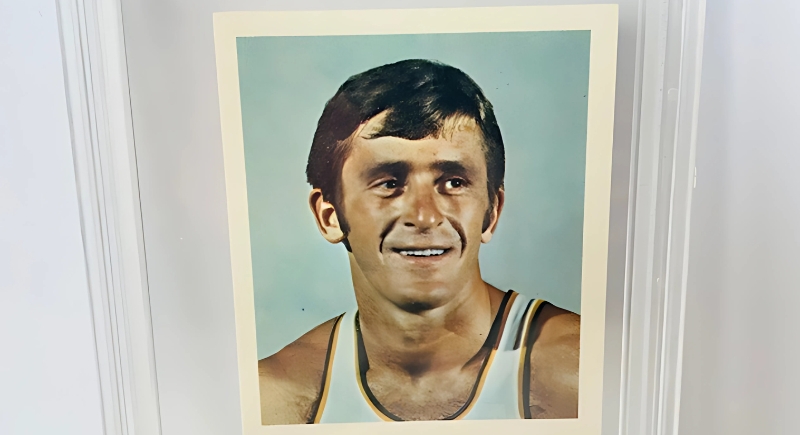
Credit: ebay
Pat Riley coached the Lakers so consistently well in the ’80s that he led the All-Star team eight times in nine years. The NBA got bored of seeing the same face and introduced a rule: no coach could coach the All-Star Game two years in a row.
Magic Johnson – Positionless Play Push
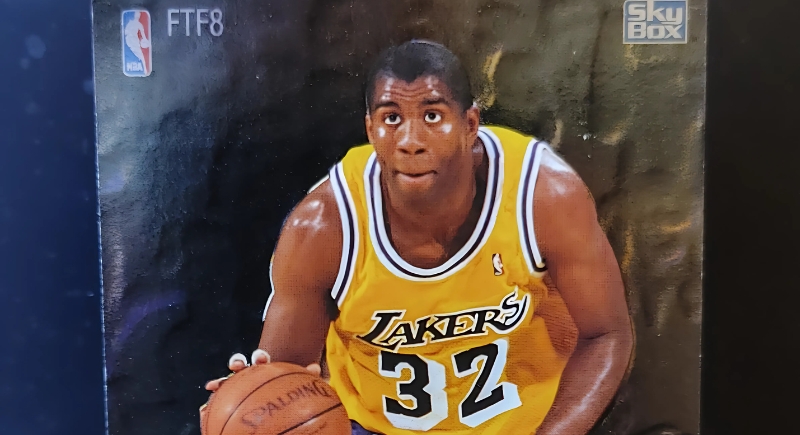
Credit: ebay
Magic Johnson’s 6’9” frame and point guard skills shattered expectations for what a guard could be. His ability to play—and excel—at any position, including center in the Finals as a rookie, changed how teams approached roster building and strategy. Coaches and players began to rethink positional limits because of his unique versatility.
Stephen Curry – Freedom of Movement Emphasis
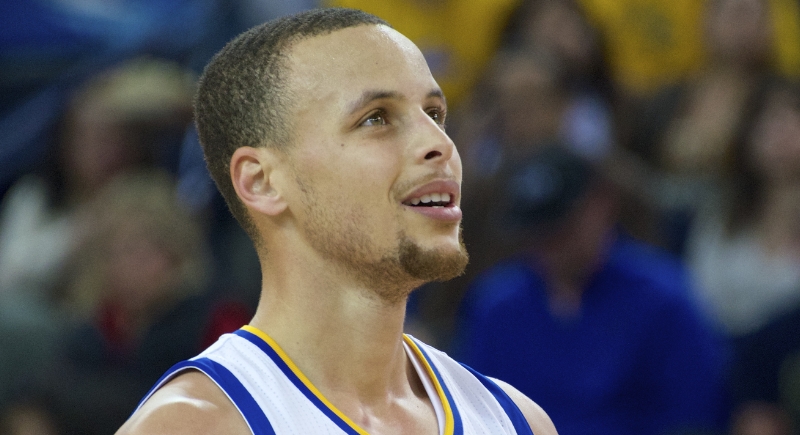
Credit: Wikimedia Commons
Curry’s constant off-ball motion revealed how much grabbing and bumping were being ignored. Defenders routinely clutched at him to prevent those corner threes, so the NBA preserved “freedom of movement.” That allowed shooters like Curry to sprint, cut, and catch without being physically restrained every step of the way.
Allen Iverson – Dress Code Rule
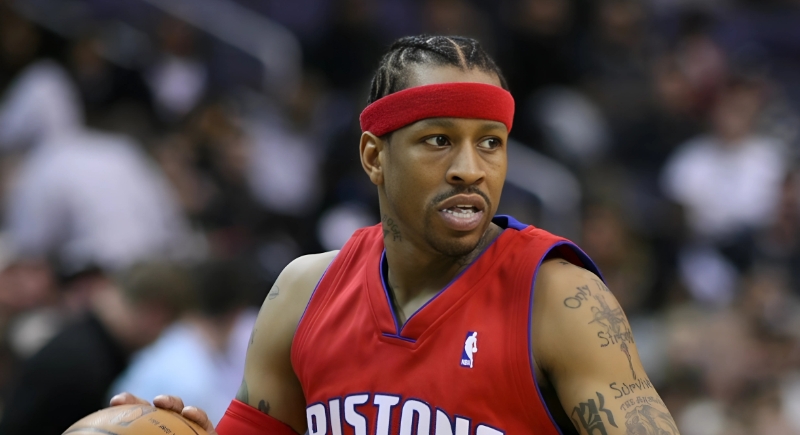
Credit: Wikimedia Commons
In 2005, the NBA implemented a dress code requiring “business casual” attire at league events. This came in response to players, especially Iverson, sporting hip-hop fashion on the sidelines. The league aimed to project a more corporate image, but it sparked debates about expression and culture.